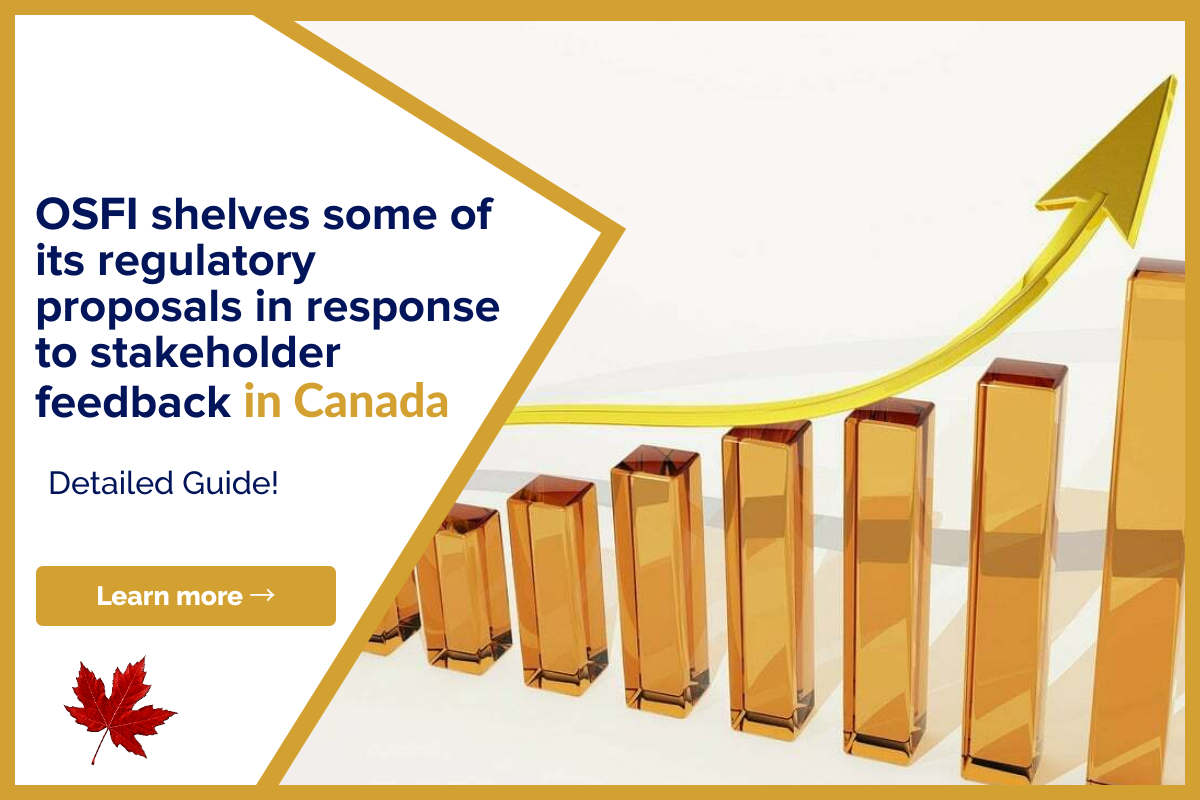During the early days of the mortgage business, brokers would require a lot of paperwork…

How Do I Voluntarily Surrender My Car in Canada?
Now you can listen to our blog post, “How Do I Voluntarily Surrender My Car in Canada?” while on the go.
There may come a time when you find yourself unable to continue making payments on your car loan or facing financial difficulties that make it challenging to maintain ownership of your vehicle. In such situations, voluntarily surrendering your car may be a viable option.
Voluntary surrender allows you to return your car to the lender and relieve yourself of the financial burden associated with ownership. In this article, we will explore the process of voluntarily surrendering your car in Canada and provide guidance on what to expect.
Understand the Terms of Your Loan Agreement
Before proceeding with voluntary surrender, it’s crucial to review the terms of your car loan agreement. Familiarize yourself with the provisions regarding default, repossession, and voluntary surrender. The agreement should outline the specific steps you need to take and any potential fees or penalties associated with the surrender process.
Assess Your Financial Situation
Take a close look at your financial situation to determine if voluntary surrender is the right choice for you. Consider factors such as your ability to make future car loan payments, potential alternatives like refinancing or loan modification, and the impact of surrendering the car on your credit score. It may be beneficial to consult with a financial advisor or credit counselor to explore all available options.
Communicate with Your Lender
Once you’ve made the decision to proceed with voluntary surrender, contact your lender to inform them of your intention. Explain your financial circumstances and your inability to continue making payments. They may provide you with specific instructions on how to proceed or request additional documentation.
Prepare the Car for Return
Before surrendering your car, you’ll need to prepare it for return. Remove all personal belongings from the vehicle, including any aftermarket modifications or accessories you installed. Thoroughly clean the car and gather all relevant documents, such as the vehicle’s registration, insurance papers, and maintenance records. The lender may require these documents when accepting the surrendered vehicle.
Arrange for Car Inspection
In some cases, the lender may require a vehicle inspection to assess its condition and determine its value. They may appoint an independent appraiser or request that you take the car to a designated inspection centre. The inspection will help establish the vehicle’s market value, which may impact any remaining loan balance.
Schedule a Car Surrender Appointment
Coordinate with your lender to schedule an appointment for surrendering the vehicle. This meeting will typically take place at a designated location, such as the lender’s office or a repossession lot. Ensure you bring all the necessary documents, including the loan agreement, registration, and insurance information.
Sign Surrender Documents
During the surrender appointment, you will be required to sign a surrender agreement or a voluntary repossession form. This document officially transfers the vehicle back to the lender. Carefully review the terms of the agreement before signing and keep a copy for your records.
Hand Over the Car
At the surrender appointment, you will physically hand over the vehicle to the lender or their representative. They may inspect the car for any damages beyond normal wear and tear. Be prepared for the possibility of paying for excessive wear and tear or mileage charges if specified in your loan agreement.
Understand the Financial Implications
Voluntarily surrendering your car may not completely absolve you of financial responsibilities. Depending on the specifics of your loan agreement, you may still be liable for any remaining loan balance after the sale of the vehicle. The lender will typically sell the surrendered car to recoup some of their losses. If the sale price does not cover the outstanding loan balance, you may be responsible for paying the difference.
Monitor Your Credit Report
After the voluntary surrender, closely monitor your credit report to ensure the lender accurately reports the account status. It’s important to note that surrendering your car may have a negative impact on your credit score, as it indicates a failure to fulfill your financial obligations. However, the impact can be minimized by taking proactive steps to rebuild your credit over time.
Conclusion
In conclusion, voluntarily surrendering your car in Canada is a process that requires careful consideration and adherence to the terms of your loan agreement. By understanding the steps involved and effectively communicating with your lender, you can navigate the surrender process and potentially alleviate financial strain.
Remember, voluntary surrender should be seen as a last resort option, and it’s important to seek professional advice to explore all available alternatives before making a final decision.
Need Some Extra Cash to Help Your Finances? Try Lionsgate!
Are you struggling with your financial needs and need some extra cash? Lionsgate can help. Just fill out the form below, letting us know all your money or mortgage requirements, and we will find the best lender for you. Amazing thing? The process is free, and you can quit it at any time.
We have a team of experts that analyze your requirements and pick the best lender for you with prudent advice.
Note: Please give your authentic information while completing the form below.
Please share this article on your social media profiles if you found it helpful. Also, visit our blog to read similar helpful articles on finance, real estate, and getting mortgages.




